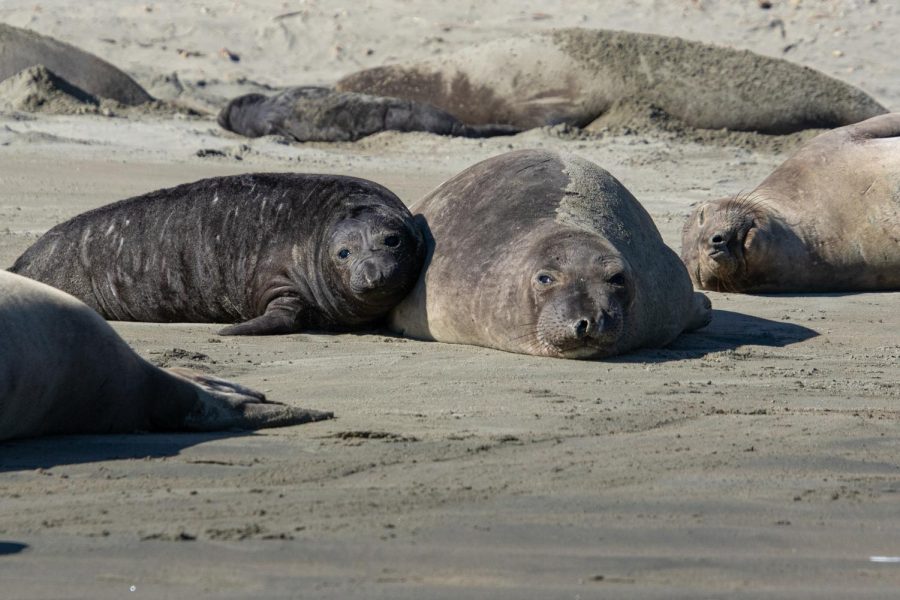The California elephant seal, a marine mammal found along the coast of California and Mexico, has made an impressive recovery in recent years. After being nearly hunted to extinction at the beginning of the 20th century, governments implemented conservation efforts to help the population recover.
“In the late 1800s, northern elephant seals were hunted to near extinction. They were an easy species to hunt for their blubber after many of the whale populations in California crashed due to hunting. Hunting reduced their population to potentially less than 100 individuals in Mexico,” said Emma Levy, a Senior Park Aide for California State Parks.
Elephant seals were believed to be extinct until a small colony was discovered in 1892 on Guadalupe Island. The Mexican government passed legal protections to preserve the species. Elephant seals have also benefited from habitat conservation efforts. Establishing protected areas, such as the Ano Nuevo State Reserve and the Piedras Blancas Elephant Seal Rookery, has provided safe breeding grounds for these animals.
“In 1922, the Mexican government deemed Isla de Guadalupe a biological reserve (stopped harassment and poaching) to protect the last remaining breeding colony. This protection is the reason why northern elephant seals still exist today. In 1972, the U.S.A. enacted the Marine Mammal Protection Act, which protected all marine mammals in U.S. waters from hunting. This helped elephant seals recolonize their range in California,” Levy said.
As a result of these conservation efforts, the California sea lion population has rebounded significantly. The population was estimated at just 50,000 individuals in the 1950s, but by 2014, it had grown to over 300,000. This is a remarkable success story for conservationists and demonstrates the importance of protecting endangered species.
According to Sarah Codde, a marine ecologist at Point Reyes National Seashore marine ecologist, California sea lions are still facing specific threats despite the overall positive trend. One includes the lack of genetic diversity due to most originating from the same small colony.
“Right now, the northern elephant seal population is still growing. Some of the threats they currently face are fishing entanglements and climate change. Climate change will likely reduce their necessary sandy beach habitat because of sea level rise and the increasing intensity of winter storms,” Codde said.
According to Codde, the recent rainstorms have also affected elephant seal pups. Many pups who couldn’t swim were washed away. However, people can continue supporting sea elephants by donating to conservation parks.
“It is important that we continue to monitor and protect elephant seal populations to ensure their long-term survival. The success of their recovery is a testament to the importance of conservation efforts and their positive impact on threatened species,” said John Dell’osso, a marine biologist working at Point Reyes National Seashore.












